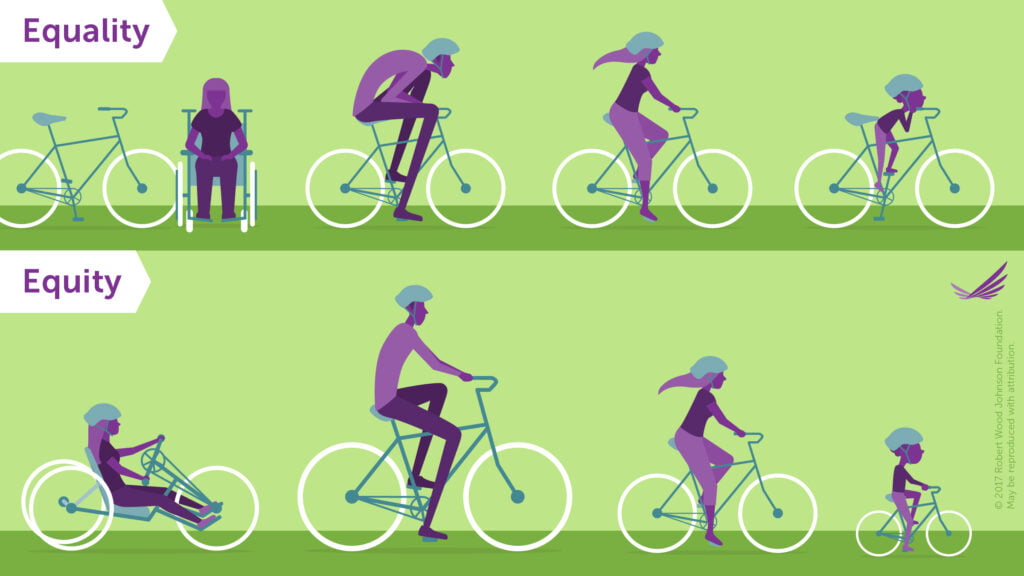- +1 902 932 7300
- Academy@roman3.ca
- Mon - Fri: 9:00am - 9:00pm
- 11 Opportunity Lane, Coldbrook Nova Scotia, Canada B4R 0A5
Prioritizing Inclusion
Common Mistakes With Inclusion: Part 1
It Matters Where We Start
The recent understanding of the importance to provide diversity, equity, and inclusion (DEI) in the workplace has been a great move in the right direction for the business community. As important as this commitment is to create more diverse, equitable, and inclusive workplaces is, ensuring it is done right is equally as important. Too often when we jump into incorporating a new priority or initiative, our enthusiasm and desire to act will keep us from fully understanding its depth and complexity.
This is the case that most organizations are in when it comes to implementing inclusion. Not fully understanding inclusion is the biggest reason DEI initiatives fail. Often when we incorporate strategies to create a more welcoming and inclusive workplace we think inclusion will be a natural consequence of improving diversity and equity efforts. However, in reality, it is nearly impossible to have success with diversity and equity long-term without an intentional and widespread effort to create a more inclusive workplace.
To avoid having your inclusion efforts fail, you need to understand the common mistakes that organizations make with implementing inclusion.


Mistake #1. Thinking of Inclusion as a solely HR/Compliance issue. It is only about providing adaptations to those who legally require it or solving harassment and personal conflict issues.
As stated in a 2017 Forbes article, “By and large, diversity and inclusion initiatives focus only on recruitment, reputation management, and “checking off the boxes.” That does not make them bad. It just makes them limited.”
What hinders the effectiveness of these initiatives is largely who is put in charge of implementation. Largely DEI implementation is placed on to Human Resources (HR) staff, but not as an enterprise growth opportunity, but as a compliance or reputation management issue. HR is typically tasked to enforce labour compliance and standards, and teach others how to reduce bias. While this is important, it really is just checking boxes. As if diversity and inclusion are the responsibility of HR, rather than the truth that diversity and inclusion are the responsibility of all staff, empowered and supported by HR.
Mistake #2. Only underrepresented groups will benefit from accommodations.
Part of the problem with most workplaces is the misguided idea that everyone will thrive equally when provided equal opportunities and resources. The truth is everyone can benefit from being seen and understood as an individual. Only when efforts are made to provide everyone what they need to be successful and give their best work, regardless of what group or category they might fall into, are we truly inclusive. It is about understanding that all workplaces need to focus on equity rather than simply equality. Equality is about providing everyone the equal opportunity and access. Equity is about providing everyone they will specifically need to be on common ground.
Here is a great visualization of the difference between Equality and Equity by The Robert Wood Johnson Foundation:

We All Benefit From Individual Support
We need to start seeing all people as individuals with unique needs, preferences, and experiences. We need to stop lumping groups into categories, or groups and sub-groups. When we do, we avoid the risk of pitting groups against each other or making people have to choose a side or affiliation to identify with. They can just be seen as a person, someone who would benefit from being understood and encouraged as an individual.
These 2 quick examples are just the beginning. To continue this list, be sure to review our Part II article in the coming weeks.
If organizations are truly going to have success to implement meaningful and sustainable change that will incorporate better diversity, equity, and inclusion, we need to understand the common mistakes that come with our good intentions. We need to rethink how we understand inclusion. True success comes from true understanding.
Only when efforts are made to provide everyone what they need to be successful and give their best work, regardless of what group or category they might fall into, are we truly inclusive.



